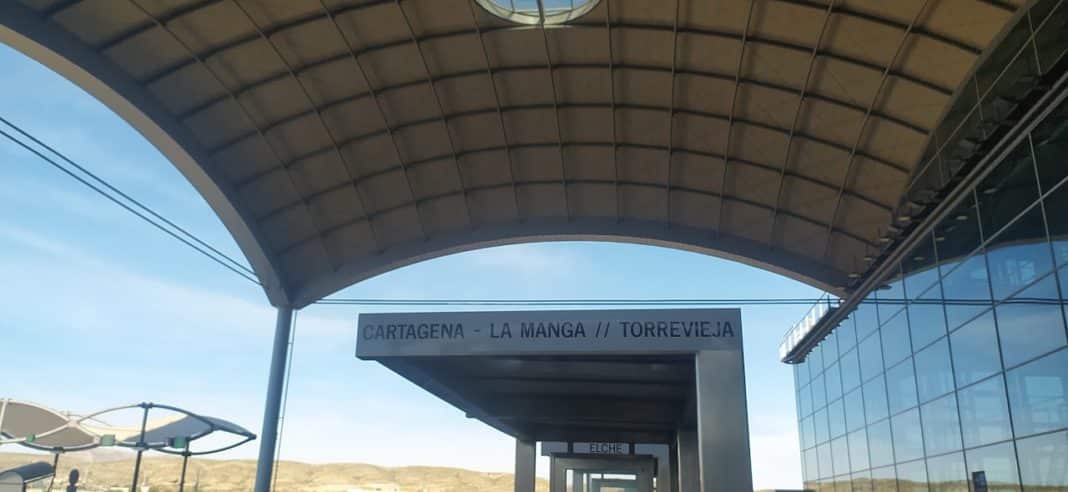Spanish airport operator Aena has announced that it will begin the tender for the expansion project of the Alicante-Elche Miguel Hernández airport in the last quarter of this year, as announced by the president of the state firm, Maurici Lucena, at the company’s general meeting of shareholders. Valencia airport will also have work tendered.
“I want to emphasise, so that it is clear in the Valencian Community, that the Alicante-Elche and Valencia airports will be expanded,” Lucena assured. “Aena has always guaranteed the capacity of the airports. None of the region’s infrastructure has been saturated at any time,” the company explained in a statement in which it pointed out that the calculations in the traffic forecasts it makes are governed by “technical criteria based on traffic forecasts from international organisations.”
Aena has indicated that this investment period will run from 2027 to 2031, since they are always five-year plans that do not correspond to the electoral calendars; It includes a period of consultations with the airlines and all actions will be carried out according to technical criteria, both economic and environmental.
Representatives from Aena met this Thursday with the Ministers of Infrastructure, Salomé Pradas, and Tourism, Nuria Montes, to address the needs of the airports of Valencia and Alicante-Elche Miguel Hernández.
The Alicante-Elche Miguel Hernández and Valencia airports have registered a solid recovery of their activity after the pandemic. Alicante-Elche Miguel Hernández Airport closed 2023 with 15.7 million registered passengers, 4.6% more than in 2019. National traffic accounted for 14% of commercial traffic (compared to 11% in 2019).
Regarding international traffic, with 86% of commercial operations, the main market was the United Kingdom, which accounted for 40% of international passengers, although still below the 45% it represented before the pandemic.
Valencia Airport also reached a historic record in 2023 with 9.9 million passengers. The distribution of traffic was 29% for national traffic and 71% for international traffic, all with respect to commercial operations. Regarding international traffic, 67% is concentrated in five markets: Italy, France, Germany and the United Kingdom and the Netherlands.





